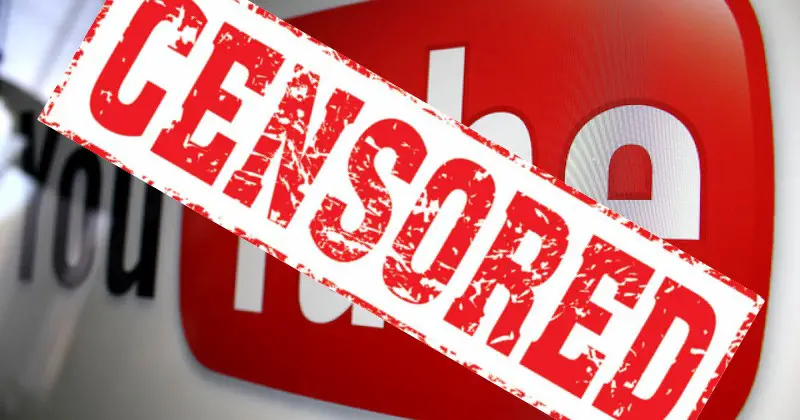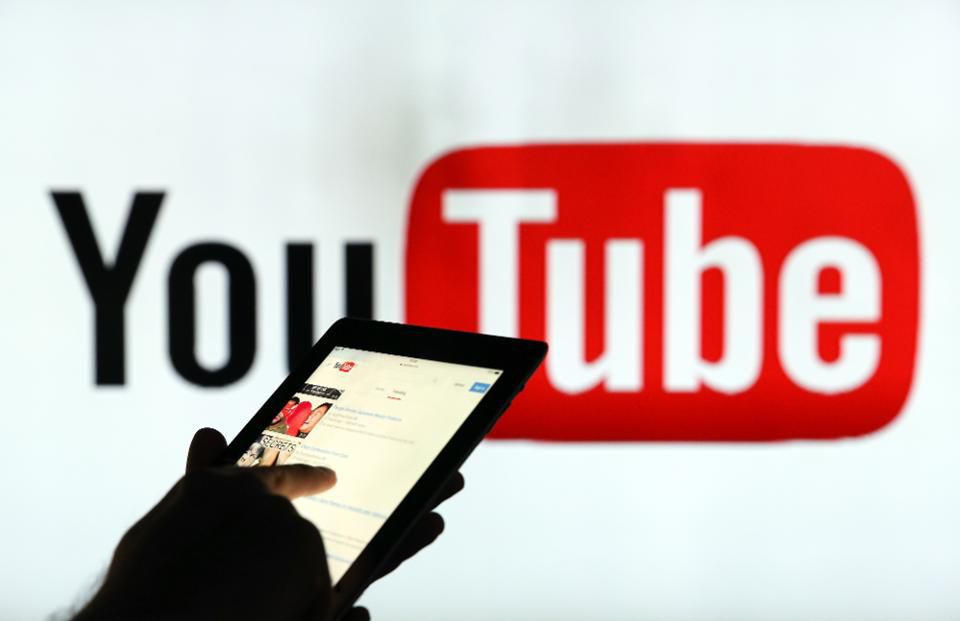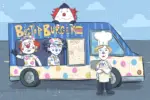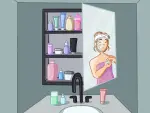Since its acquisition of the video service YouTube in 2006, Google has been in the hot spot for its constant changes in revenue opportunities for the service’s content creators, the latest of which was just a month ago in January 2018.
This is not the first time the company has received negative feedbacks from the community regarding its terms for the YouTube service, yet there seems to be no foreseeable end in its treatment of its content creators, leaving the community only to wonder: what will finally put an end to this?
The Adocalypse of 2017
In 2017, YouTube already was under fire because of the issue of monetization as many of its top creators voiced their concerns and referred to the event as the “adpocalypse.” The changes implemented at the time were meant to help creators stay on good terms with the platform and keep their content as advertiser-friendly as possible.
However, with strict rules regarding not only hate speech and racism but also cursing, sexual humor and more, the “adpocalypse” left many YouTubers without the ability to monetize their content.
To worsen the situation, the automated system to quickly analyze a video’s adherence to the terms, which, if in any way sensed a red flag, would demonetize the video the second it was uploaded only worsened the situation, was flawed.
For regular uploaders, the first 24 hours or so get the most clicks from subscribers and have the most potential for earning some revenue. Regardless of what happens afterward, whether it is a debate or an appeal, the golden hours are irretrievable.
The Threat Returns
Fast-forward to 2018 and a new set of rules and regulations has been released. This time around, the rules get even stricter and limit the chances for small and large channels alike to monetize their content. For the latter, if they are part of the Google Preferred program that benefits the top five percent of most popular channels, now they have to face human moderation.
Beside a three-tier method for advertisers to voice how comfortable they feel about the nature of the content they are investing in. Instead of an automated flag, a YouTube employee will determine whether or not a video is advertiser friendly.

For the grand majority of users, the situation looks a lot more critical. Those who don’t have at least 1,000 subscribers and 4,000 hours of watch-time in the past year will not be eligible to monetize their content.
Prior to this change, Google only required a user have at least 10,000 total views on their channel. Even though the new numbers seem low, they can be tougher to achieve than 10,000 views.
If you happen to be at the right place and right time, you may have a video gain those 10,000 views quickly, but subscribers are harder to come by and require much more effort over a long period of time from the content creator to achieve.
Looking at it from the new angle, 4,000 hours equals 240,000 minutes. If you manage to get that lucky video to 10,000 views, you will need all of those 10,000 viewers watch your 24-minute video in its entirety to meet the new goal. Given that “new, now, next” is the modern philosophy on content, it’s challenging to make long-form videos that actually engage the audience from the beginning to end.
On top of that, making them doesn’t guarantee that viewers will actually play the entire clip. In reality, they would probably skip ahead to see if anything catches their interest and only spend time on that particular portion. Consequently, Google’s new revenue system means smaller channels have to put more work and still be on the lower-end of potential earnings from YouTube.
Departures of Content Creators
A growing number of creators resorted to Patreon, a site that offers the ability for viewers and creators to have a stronger connection. Those with a Patreon profile set specific monetary goals and tie them with some special events or awards.
For example, once the total monthly contributions from supporters reach $50, the creator will hold a special Q&A video. There is no limit to what the goal might be, so in general, viewers have a chance to support what they actually want to see from their favorite personalities.
Channels with certain popularity but have yet to join of the million-subscribers club have found some success with the Patreon tool. However, those that don’t have a passionate fan base can feel the effects of Google’s new revenue system in a greater fashion.
While YouTube isn’t necessarily fighting off competitors at the moment (they control the majority of the market), dissatisfied content creators may eventually turn their back on the platform if their concerns are not heard. One of the popular alternatives to YouTube is the video streaming site Twitch, which is mostly known for video game content.
Compared to YouTube, Twitch caters to a more exclusive group of viewers with content mostly surrounding video games. However, it wouldn’t be the first time an alternative site adopts a significant number of discontented immigrants from a competitor. YouTube itself was once the benefitted in that case when Vince closed down. Many Vine stars had quite a seamless transition to YouTube to the point of climbing up the charts of the most subscribed and viewed channels, such as Cameron Dallas and Logan Paul, among others.
Another potential threat could be Facebook. The social networking site is already one of the world’s most popular websites. The introduction of Facebook Live functionality in 2016 and Facebook Watch in 2017 only added to their already dominating power.
Even though these two functions are still in their infancy, setting terms and policies that could be more mutually beneficial for Facebook and its potential creators would be a promising development. If small and moderately popular channels see more advantages than disadvantages on a move to Facebook, a departure of uploaders could become a reality.
It’s understandable that Google is still a business and they must do what’s necessary to stay profitable. Nevertheless, with their overwhelming popularity and the monumental amount of data they maintain, they should be weary of driving loyal customers away. Big names such as PewDiePie and HolaSoyGerman were signature of the power of YouTube, but smaller channels were what made YouTube the biggest video service today.
Although Google’s new revenue system has just been introduced, it should be given a chance to actually be tested. Though it may be shocking and frustrating to read the new terms if you’re a small-time vlogger, there could be a silver lining. If the new guidelines manage to generate a shift in the quality, relevancy and value of the “trending” section, it could mean an increase in excellent content that pushes the creators, benefits the platform and is golden for advertisers.


















I am in fact delighted to glance at this webpage posts which consists of plenty of useful information, thanks
for providing such data.